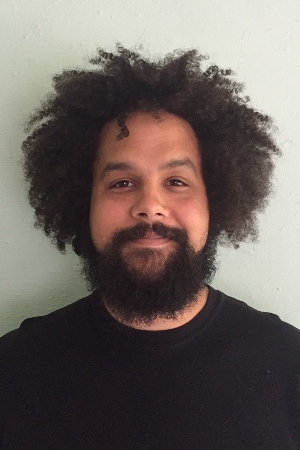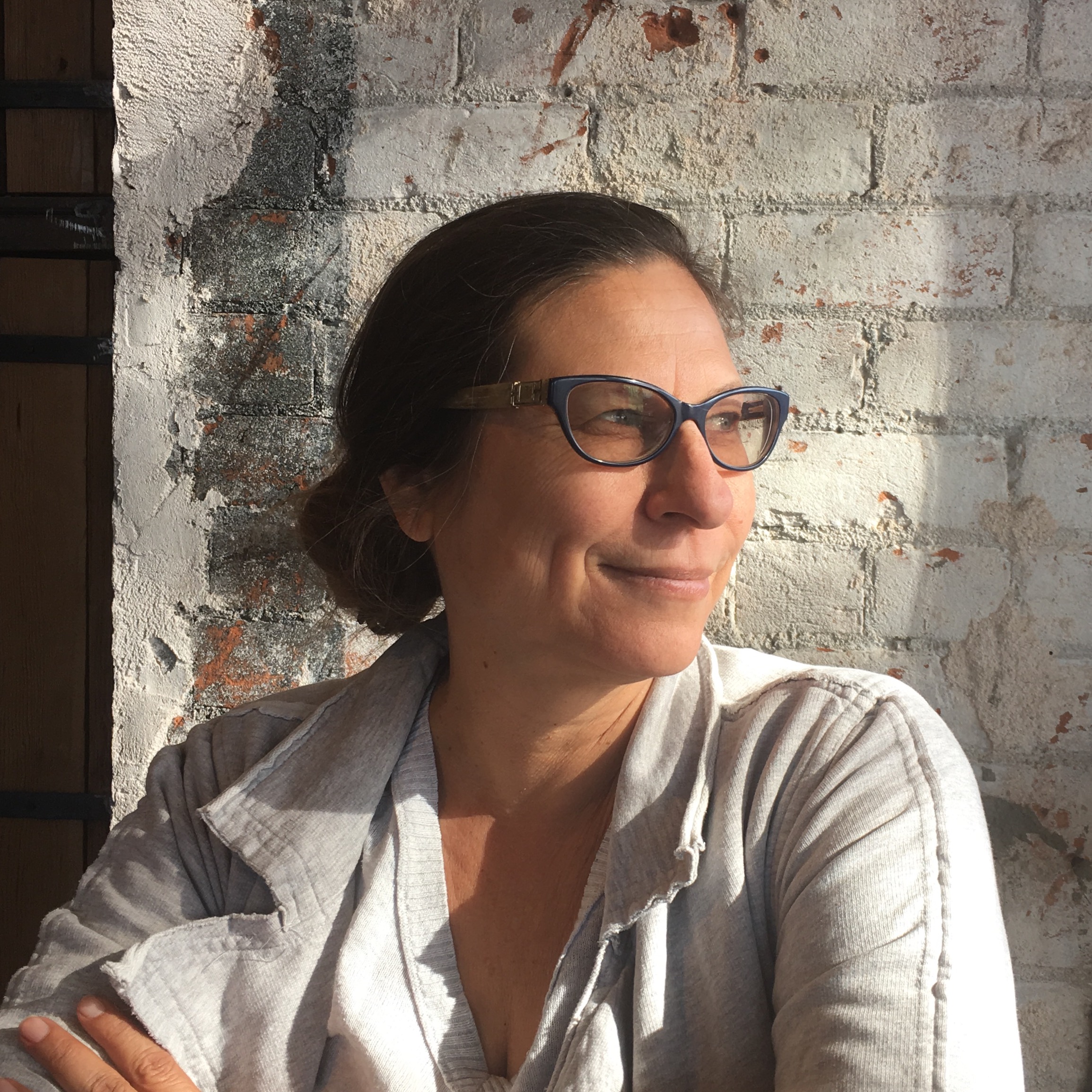Moderated by: gloria j. wilson
In this conversation gloria poses the overarching question for panelists and audience: What is justice-oriented arts research? A very rich and freeform conversation emerged, which cannot be fully captured in an abstract.
To start the conversation gloria asked the artists what are some of the central questions that have informed their work?
Aaron describes his early work as seeming “all over the place” focused on social, political issues from habitat loss to species extinction, racism, the manufacture of the idea of race, and its manipulation throughout history for certain goals or gains for certain communities. But later in his artistic development he came to see that all these things were in fact quite interconnected. “Habitat loss leads to species extinction, which leads to the loss of indigenous medicines or indigenous foods, which makes it easier to radicalize indigenous spirituality.” Looking at his own family lineage on the one hand and representations of police violence and black death on the other, his central research question (which he asks of himself and not of his audience) is, “how do I represent the simultaneous experience of joy and pain that is black life in the world that we live in?”
Elaine answered that her core impulse lies in her family history, which is in New Mexico. She evocatively states that “the border crossed my family…we were on the other side of manifest destiny.” Her family history raises the question in her, “what happens inside a person and inside a family, and how is your worldview shaped by what you see, when you understand that you are different?”
Speaking about their methods and research strategies Aaron describes a shift in his process. Initially he was more reactive to current events, which then led him to dig for particular kinds of imagery and information. Now, he finds himself looking for the natural coincidences that surface in his life rather than forcing information to the surface through research into history or family. “These things […] magically appear, and I think when your work is the most authentic version of what you can create, those coincidences just start to happen.”
Elaine describes starting each project by saying to herself, “I don’t know how to write a play.” She then allows the form of the play to emerge and be what it wants to be. She asks herself, “what would it be if you didn’t know what it would be?” She describes the writing process as a form of self-trickery that allows the play to emerge without the ego or ideas of “my process” getting in the way.
Elaine and Aaron end the discussion with descriptions of ways that creative inspiration emerges for them and some details about their latest works in progress, followed by a lively Q&A. (Summary: Greg Pierotti)
*In 2022, Aaron Coleman accepted a new position at the Herron School of Art+ Design, Indiana University.
People in the room for the conversation were each given a 3X5 card and asked to answer the first question on the front before the conversation, and the second question on the back after the conversation. Below are a sample of the responses:
What is Justice-oriented arts research?
- Taking into account how my privileged experience may be blinding me to the reality of those who do not share them.
- Justice-oriented art involves recognition of equity/inequity (political, social, institutional) and raising our voices to address issues.
- Make visible the perspectives and voices that may not be visible or heard. Providing/creating a platform where there is not one provided.
- Inclusivity, awareness of unequal power dynamics in the arts and a prerogative to create space for all and level the playing field. Public facing, spreading awareness
- Digging through untouched or less touched perspectives. Humanizing. Individualizing.
- Node of speaking: not “about”, not “for” but “to” the Other. Speaking for and about ending up with further marginalization or gossiping.
- Non-exclusive, challenges established power dynamics of class and race.
- Social political condition, advocating for the human concern, thinking towards what are essential human rights. Revisit/revise history, a counter narrative to dominate unjust ones, advocacy and agency for the people’s voice.
What did you take away?
- Arts research attends to what troubles us, a process that transforms it in ways that will land with others.
- Gesture, attending to, crossing, internal, externalized, sitting with.
- How can the work that Aaron and Elaine spoke about, their creative process and investigations, tie into research infrastructure?
- The notions of empathy and past=present resonates so much with me. Also love the concept of decolonial gesture. These topics are so deeply personal to me and I really appreciate the conversation. Thank you.
- Invisible histories, personal histories, cultural? Familial? Past-present
- What are outcomes that Aaron’s art addresses? Present-past.
- Switching slave to enslavement, making it present. Past-present. These are amazing conversation.
- Sharing of the sensible. Aesthetic dissensus, relational antagonism, subjectivity x knowledge. Political efficacy.

Aaron S. Coleman
School of Art

Elaine Romero
School of Theatre, Film & Television
Professor, School of Theatre, Film and Television
Associate Professor, Applied Intercultural Arts Research - GIDP